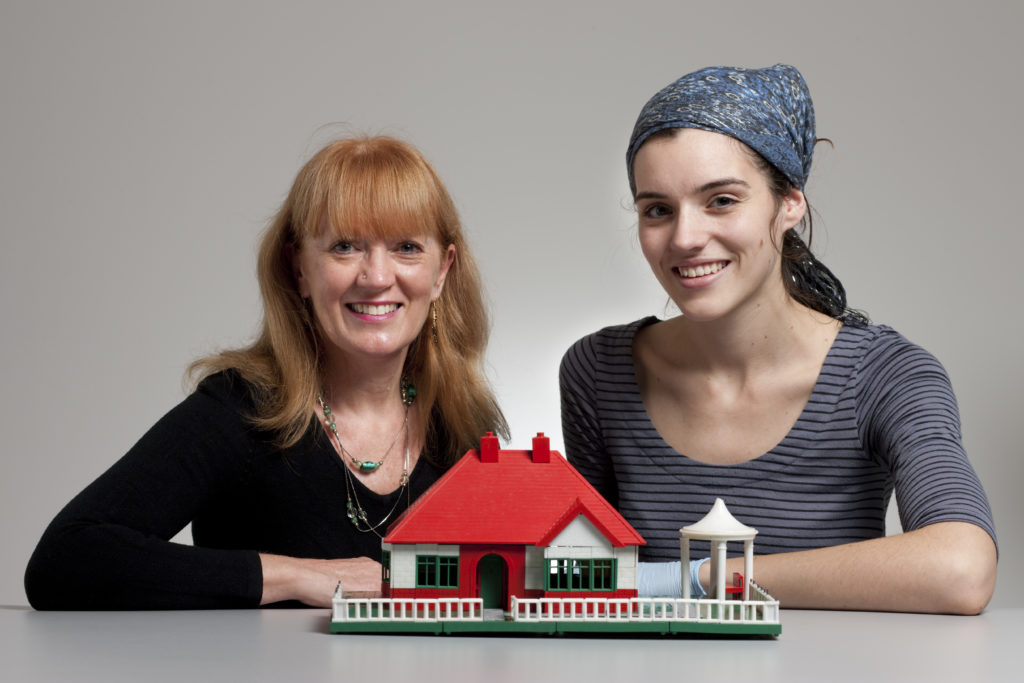
How do you condense a lifetime’s dream job as a curator at Sydney’s Powerhouse Museum into around 1,000 words? Well, my career at the Museum began on 1 February 1983 as a Research Assistant with the Department of Transport and Engineering when the Powerhouse was still a construction site. As a young Museum Studies graduate, I was given the opportunity to develop the cavernous boiler hall of the former Ultimo Power Station into the popular Transport Exhibition.
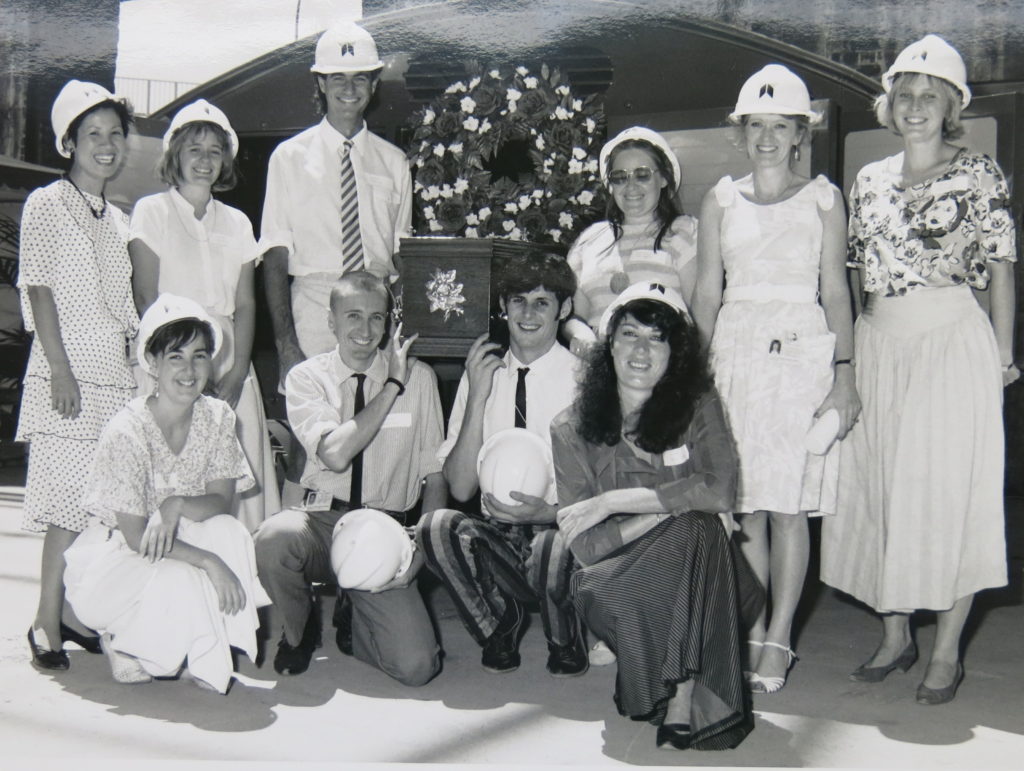
They were exciting days, preparing to move from our home since 1893 within the Sydney Tech College to our new site further down Harris Street. The Museum’s vast historic collection began to be rediscovered and researched for the first time, drawing out its history and significance in preparation for opening the Powerhouse in 1988.
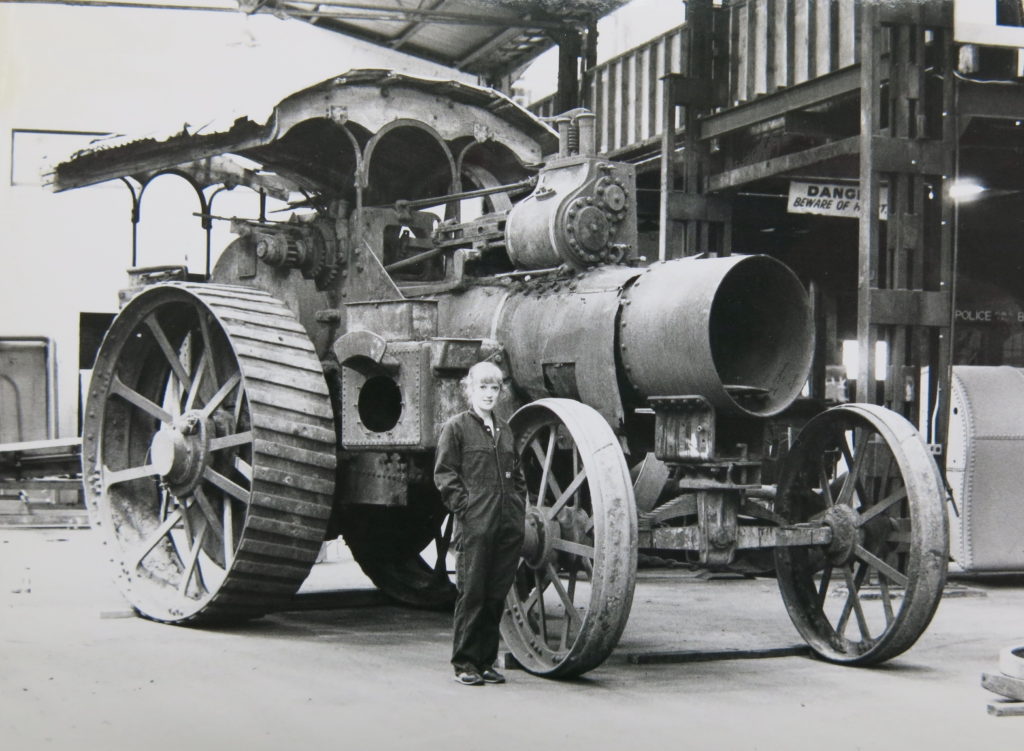
Back in the ’80s, object research was laborious. There was no internet, emails nor word processing. Research had to be painstakingly done from books, journals and newspapers in libraries and archives; by finding and contacting local experts; or writing letters overseas and waiting weeks for replies. Everything was either typed on a typewriter (not a PC) or hand written. The results were hidden away in object files and never read unless requested by the occasional enthusiast or researcher. This all changed in the ‘noughties’ in a pioneering move which saw the Museum’s collection go online, the first in the world to do so. All my research, over 3,600 records, is now accessible for millions to read and comment on. This large number would not have been possible without the assistance of my many committed volunteers and interns over the years.
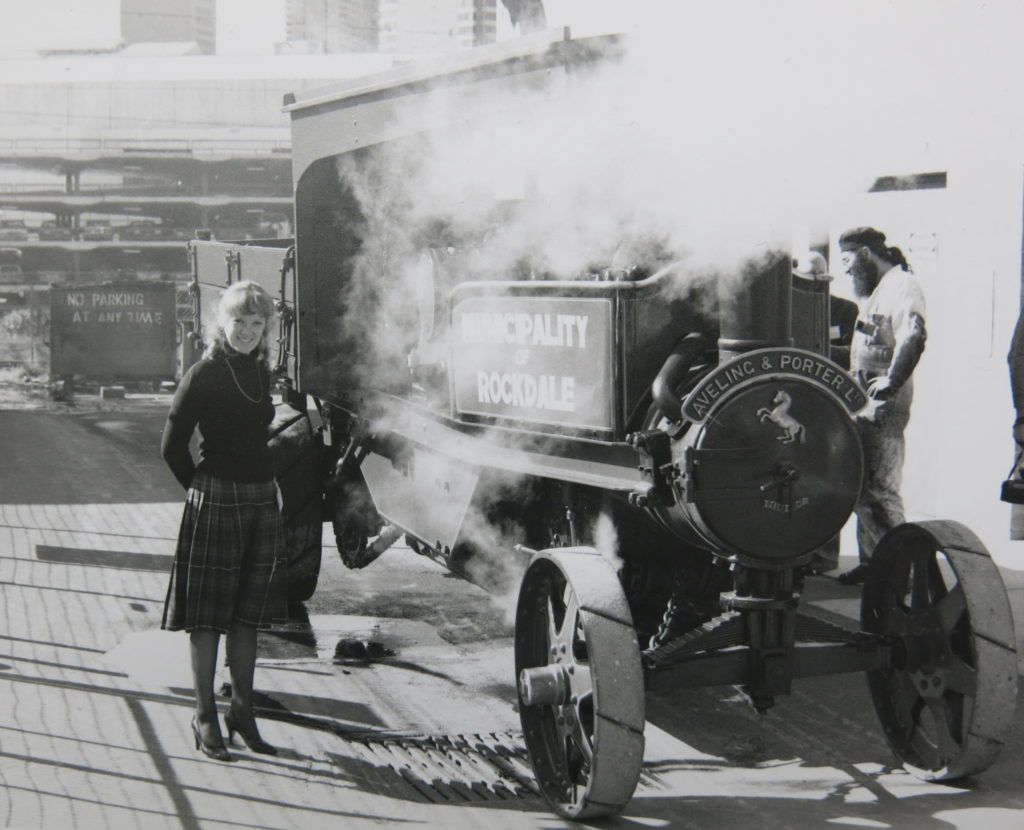
I’ve unearthed some quirky and amazing objects from the collection and made sure their stories were told. Our 18th century European sedan chair was used in Australia as a domestic telephone booth and the wires are still attached to prove it; an Arnott’s biscuit given out at the Easter Show which is now almost 100 years old; clothing, ice axes and sledges used on Mawson’s Antarctic expedition; and the damaged propeller from Kingsford Smith’s epic 1935 cross-Tasman flight. Most poignant and topical is the 1919 Influenza Emergency Worker’s badge. It was researched a year before COVID-19 hit, detailing the same restrictions on people at that time as we are having now.
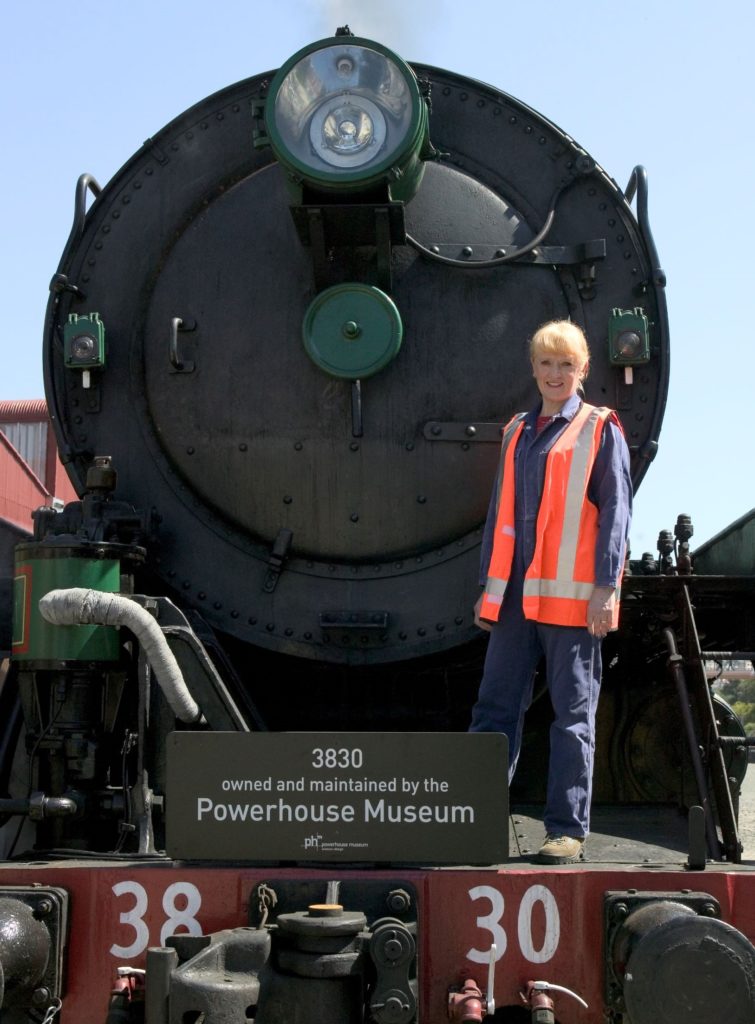
Some truly memorable and unusual experiences were riding on the footplate of our steam locomotive 3830; having to order a coffin for our tram hearse to fit my body size; riding on a Chamberlain tractor through rice farms of the Riverina on the Coleambally tractor trek; and making a video from the driver’s front window of our Sydney Monorail just before its decommissioning in 2013. Unfortunately, Transport curators don’t ride around on locos, tractors and monorails every day. Much of our work involves writing in the office. This includes everything from acquisition documentation, books, articles and conference papers to labels, blog posts, answering public enquiries, exhibition proposals and briefs.
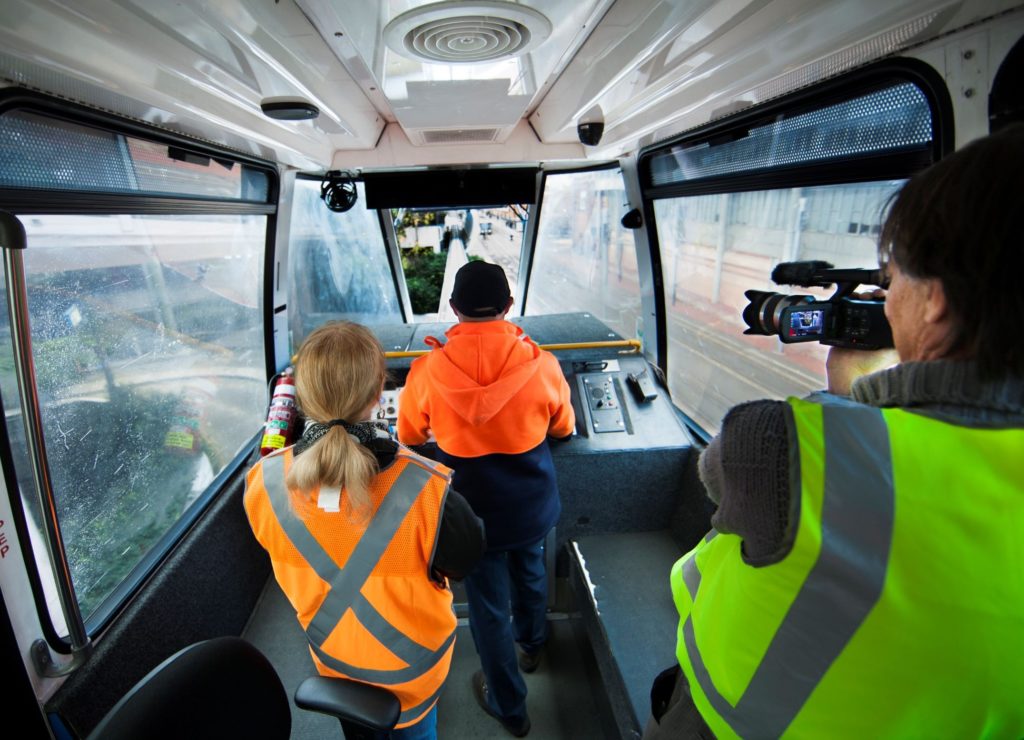
I’ve been fortunate to write several books for the Museum. On the Move: a history of transport in Australia brought together decades of research into our Transport collection. Undoubtedly the most difficult was the children’s book, Rail Tales: Emily’s big train ride. Paring down text to engage kids was a challenge requiring much frustrating rewriting.
Of all the different types of writing required of curators, I’ve most enjoyed tapping out posts for the Museum’s Inside the Collection blog. At first reticent, I ended up one of its most enthusiastic bloggers, and this last one is my 99th! It was an excellent platform to highlight fascinating research unearthed, collection objects discovered, and new acquisitions revealed; from the small bicycles ridden in the 1930s by monkeys at Taronga Zoo to equipment used on the world’s first unsupported trek to the South Pole in 2012 by adventurers, Cas and Jonesy.
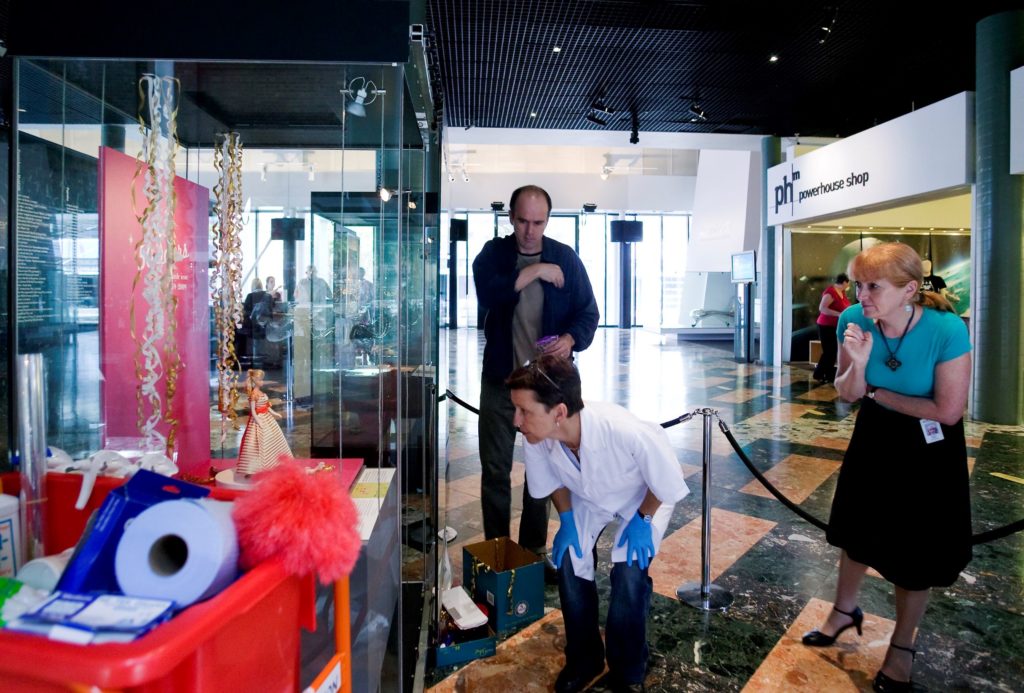
Another of a curator’s key roles is working with a team of registrars, conservators, editors, preparators and designers to develop and produce exhibitions. It’s highly exhilarating and creative but quite exhausting and demanding. In my case this ranged from a single object, celebrating Barbie’s 50th birthday, to almost 5,000 objects at the Museums Discovery Centre at Castle Hill. As lead curator of the latter, I chose many items which had never been on display before like the elegant 1888 Barouche carriage, similar to one the Queen would arrive in at Ascot, and the 1955 home-made caravan with its original contents including a 40-year-old jar of sugar. The Discovery Centre exhibitions also reveal my secret love of the domestic appliance collection and a fascination with the history of toilets.
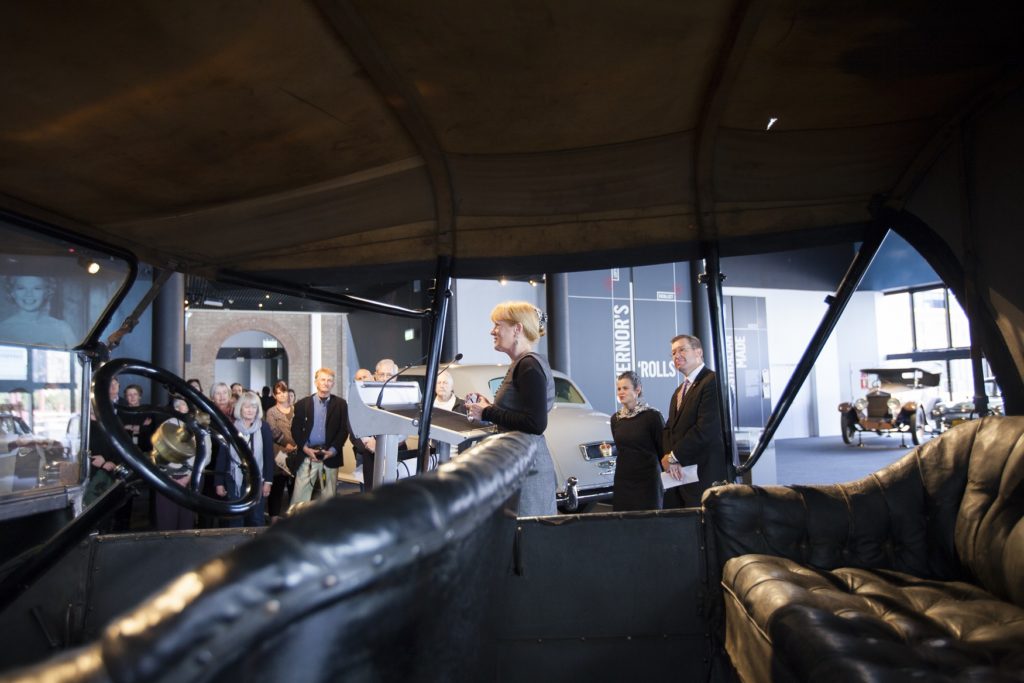
While the Castle Hill exhibitions were the most taxing, highlighting the Museum’s car collection, in Auto Obsession, was the most rewarding. It was the first time the cream of our automobiles had been shown to the general public, together with over 2,000 of our Matchbox toys. The cars were on open display requiring dusting twice a week. One visitor asked if the 1935 Ford V8 was my own, as I was cleaning it so lovingly!
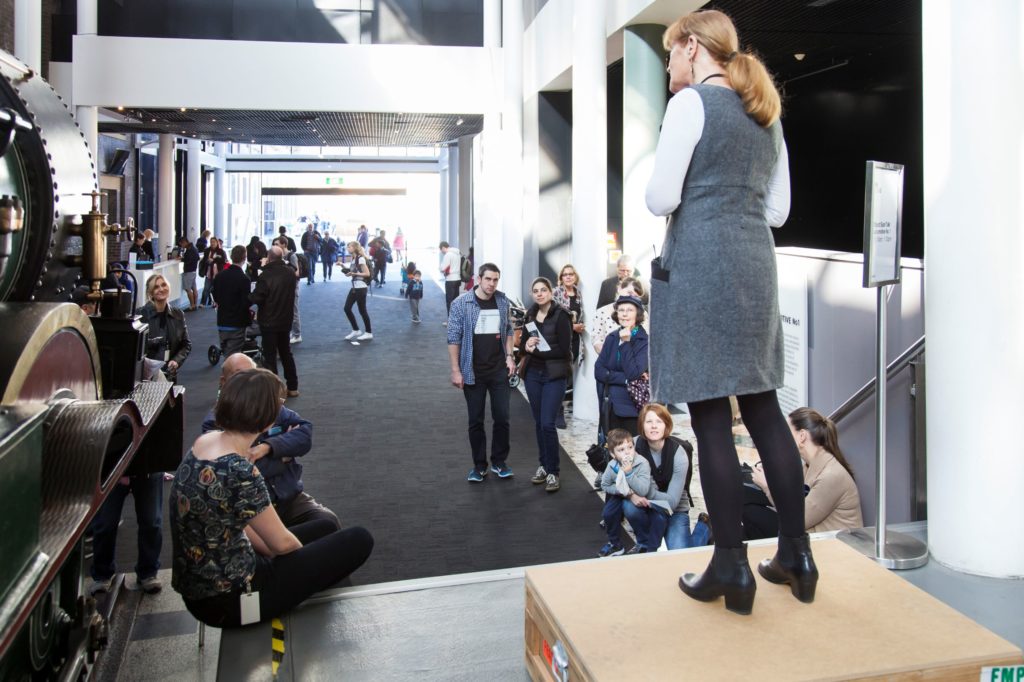
As well as writing, curators have to talk about their collections and exhibitions. I’ve been interviewed by journalists, radio announcers, TV reporters and documentary makers. For my Transport book alone, I undertook 45 radio interviews over 5 weeks, many live-to-air from my desk or the ABC’s Tardis studio. So, public speaking is very much part of the job, from seminars, conferences and public talks, to tours and training for volunteer museum guides.
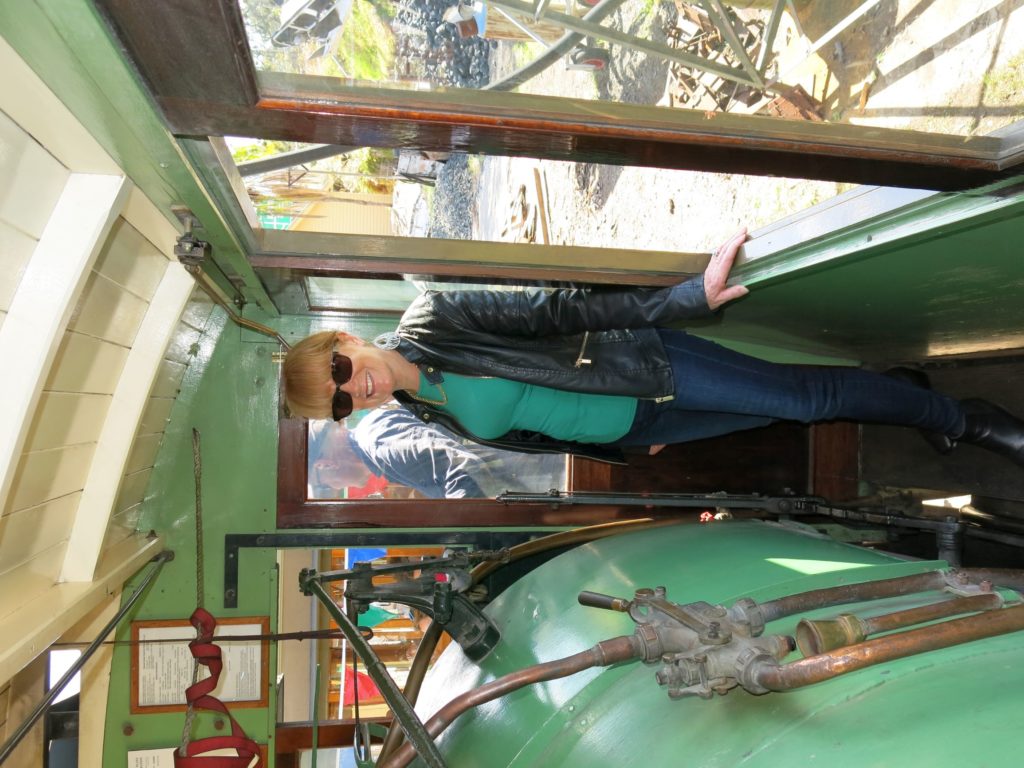
While curators occasionally travel overseas to give conference papers and install travelling exhibitions, my role was to visit scores of local history museums all over NSW as part of the Museum’s regional outreach programme. I loved exploring these amazing collections advising of their most significant and rare agricultural objects and providing research reports they could use for labels and online content.
Over the years I’m grateful to have worked with some wonderful colleagues including Sandra McEwen, Debbie Rudder, Lindie Ward and Rebecca Pinchin; mentored enthusiastic interns such as Rebecca Anderson and Chloe Appleby; and been assisted by dedicated volunteers including Judy Campbell, Ken Williams and Graeme Andrews. It’s also been a pleasure to have met generous donors, especially the Edworthy family regarding the cycling collection; the Booker family regarding the Meccano collection; and George and Charis Schwarz regarding their 1965 BMW motorcycle and its heartfelt story.
Few can say they have loved almost every day of their working careers. It’s been such a privilege and honour to work at the Museum on an outstanding, eclectic, and highly significant collection. And so, on 15 January 2021 as I close my laptop for the last time, I’ll be passing on custodianship of the Museum’s collection to the next generation of young curators to carry on a legacy which goes back over 140 years. What will retirement bring? Certainly, a lot more writing. You haven’t heard the last of me yet!
Written by Margaret Simpson, Curator
January 2021
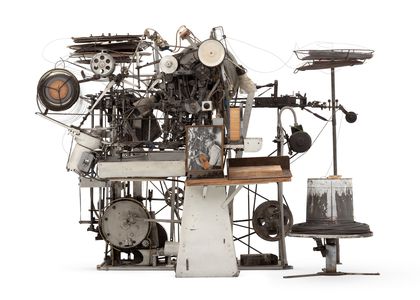
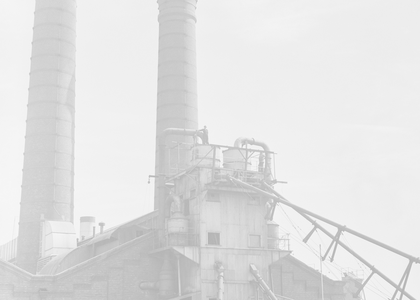
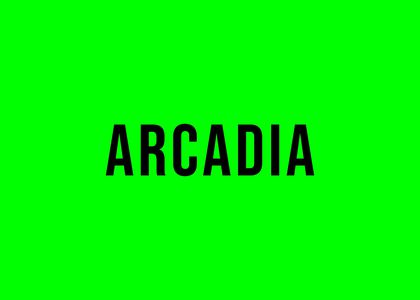
Thankyou Margaret for your wonderful career. I myself worked at the Powerhouse from 1990 to 2014 so I can appreciate what you have done. All the best of luck in your retirement.
Kindest regards,
Paul J. Laxton
What a shining light you have been. What a lovely blog this was.
The PHM will be deeply impacted by the day-to-day loss of your deep cultural and museological expertise. If I was in the NSW Government I would make sure you were properly recognised for your dedication, practice and amazing contribution over nearly forty years. I would like to say a profound ‘thank you’ and wish you a wonderful ‘retirement’.
All the very best for the future,
Lindsay
What an incredible legacy!
I loved this.
Farewell and all the best on your next adventure.
Alex
Glad to see you’ve had such a fulfilling life. I still have my copy of ‘Hills End’. Enjoy your retirement. John Lewis